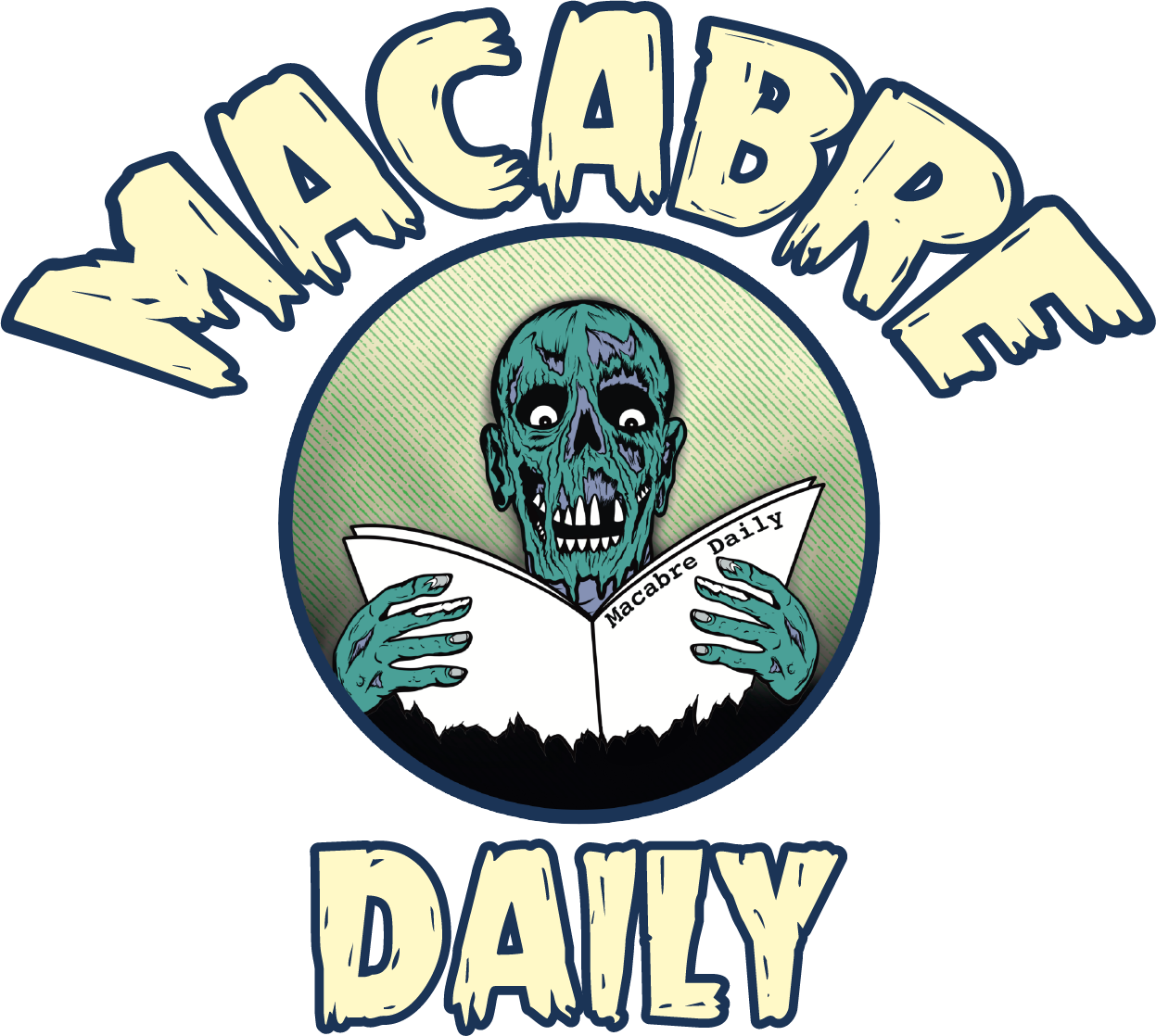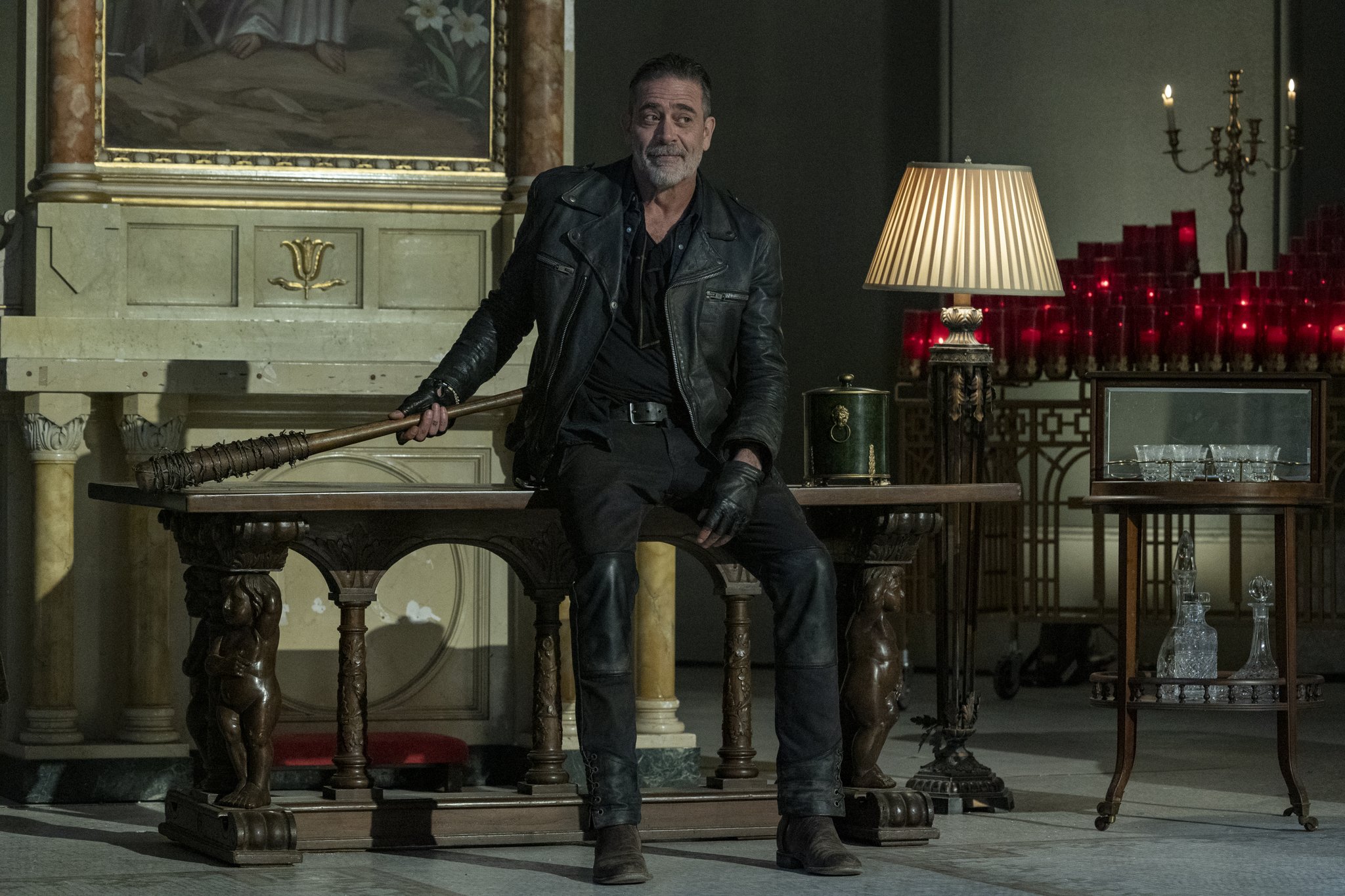Tremblay Goes Meta In His Newest Release "HORROR MOVIE"
“People can’t help but want their fiction and its players to be real, and they want their reality to follow the comforting rules and beats of fiction”
Paul Tremblay, Horror Movie
As a great admirer of Paul Tremblay, it should come as no surprise that I devoured his newest release, Horror Movie. Taking place over a span of thirty years, this metafiction masterpiece tells a disturbingly believable narrative through time jumps and by alternating between a “tell-all” audiobook transcript and the script of the movie that was never released. Eerie, disturbing, and unpredictable, Tremblay introduces a dark twist on the “cursed film” genre that will leave readers with further proof that the book is always better.
In 1993, a group of young and inexperienced filmmakers attempted to create the low-budget art house masterpiece of the century. After the short five weeks of filming through blood, sweat, and tears, “Horror Movie” was ultimately never released. That is until over a decade later when three scenes were released to the public. This spawned a cult following complete with conspiracy theories, remake rumors, and merch, of course. The buzz around the many accidents on set and the lone surviving cast member sparks Hollywood to begin production of a big-budget reboot.
The original cast member who played “The Thin Kid” is the only human alive who knows what actually happened on the original set in 1993. Our nameless narrator is now in his 50s with no career. He spends his time traveling to horror conventions and is in the process of releasing a “tell-all” audiobook. Our narrator is surprisingly vulnerable, candid, and - we assume - honest in his recounting of the process of filming. He introduces us to scriptwriter Cleo and director Valentina, who are self-admittedly pretentious rookie filmmakers. Although he had no prior acting experience, Cleo and Valentina offered the role of “The Thin Kid” to our narrator.
He describes the process of method acting through enforced isolation, environment control, and little to no verbal contact. Specifically, no verbal contact while he donned the costume piece that was the original inspiration for the film—an indiscernible mask that “The Thin Kid” will never take off.
Between time jumps and narrations are sides from the original script following the four teenage characters. The angsty teens perform strange rituals and unspeakable horrors to “The Thin Kid” while keeping him in isolation. The torture seems pointless and evil, but the teens seem to find it necessary. Cleo also writes incredibly detailed script directions that explain the emotion or plethora of reactions that the particular atmosphere of a scene may impart to different types of audience members. These directions become so detailed, it makes readers question what Cleo may have experienced that inspired her to write this screenplay. She also continuously points out what “normal” circumstances the teens face that can be considered elements of the complete horror of the story.
Just as in any good horror story, the final bloody climax comes as a shock that will make readers (movie watchers?) want to shut their eyes and forget. During the lead-up and after this scene, the previously obvious format of the script to narration is blurred and they merge. Real life becomes the script and vice versa.
Tremblay terrifies and teaches with a truly parallel script-to-plot comparison. As the teens perform and justify their torture of “The Thin Kid,” we also see the “dedicated” film crew do the same, justified in the name of “art.” Exposing just how evil our fellow humans can be and what can be created from that evil. This leaves us wondering if the mask or film was really cursed, or is humankind the curse? Did the mask create “The Thin Kid” or did the teens? What kind of masks do we as humans wear, and what are they hiding or allowing us to expose?
Stay up to date with “The Dark Side Of Pop Culture” by following Macabre Daily on Instagram, Facebook, and Twitter.












Mental health therapist and lover of all things spooky. Brian is particularly interested in exploring depictions of mental health, parenting and the Queer community in horror. Seeking self-actualization through fear, gore and the macabre.